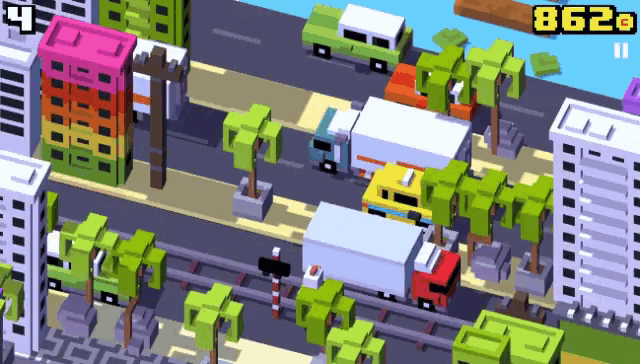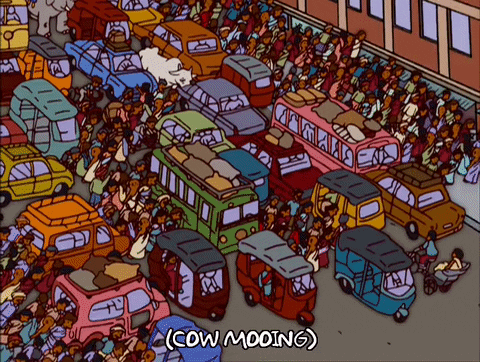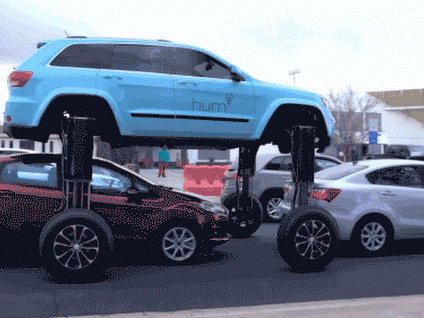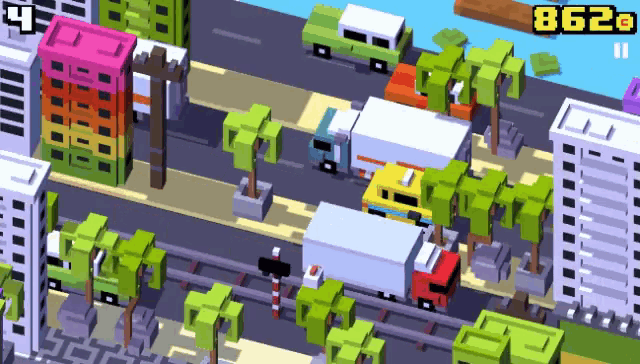Bitcoin’s Taro has a scalability doubt
Taro is Bitcoin’s smart contract solution for its scalability. However, unlike Ethereum, the smart contract has been native to its blockchain. Bitcoin has to design a new channel to communicate with its blockchain.
Taro or Taproot Asset Presentation Overlay gives a high-speed channel to transact through the lightning network.
The core concept of Taro
Merkle Sum, Sparse Merkle Tree, or MS-SMT is a clever way to bypass the security layer to conclude its own transactions, then input the conclusion of the transaction into the security layer.
Wait, what? What tree? And What Security?

Thinking about a blockchain is a tree that grows its root, and each branch is a block link within the blockchain. So you have a spore that links with the branch. That is the key idea of Taro:

It runs a code to speed up the transaction outside of the blockchain layer to speed up the exchange and then return the final transaction value into the blockchain.

https://blog.ethereum.org/2015/11/15/merkling-in-ethereum/
Lightning Network is a BlackBox

https://docs.lightning.engineering/the-lightning-network/taro/taro-on-lightning
Lightning Network is a channel for users to have their transaction sent into a BlockBox with a fraction of the fee, entered into an exchange, and returned to the receiver, who also pays a fraction of the fee to receive funds.
Such BlockBox can:
Speed up the transactions
Accurate returns funds to the destination
No need to verify identities
The Doubt

Taro created a channel similar to traffic flow when roads are categorized between cars, trucks, and trains.
Of course, when you put everyone in the street, you get traffic congestion!

https://media.giphy.com/media/l2JdTDGvzECQFibsc/giphy.gif
Lightning speed gets your own channel to bypass the traffic congestion:

https://media.giphy.com/media/CZDVvQn78njFu/giphy.gif
BUT…
Such “bypass” only impacts on:
small transactions
decrease security
increase overall blockchain fees of Bitcoin

There you have it—the Taproot Upgraded.








Cool